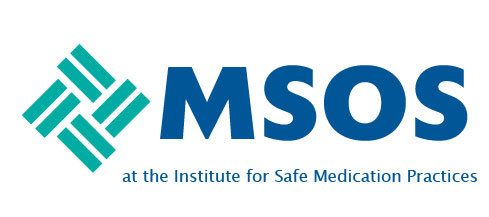Psycholinguistic tests predict real-world drug name confusion error rates: a cross-sectional experimental study
Wrong-drug medication errors are common. Regulators screen drug names for confusability, but screening methods lack empirical validation. Previous work showed that psycholinguistic tests on pairs of drug names are associated with real-world error rates in chain pharmacies. However, regulators evaluate individual names not pairs, and individual names can be confused with multiple drugs (eg, hydroxyzine with hydralazine but also hydrocet, thorazine, hydrochlorothiazide). This study examines whether an individual drug name’s performance on psycholinguistic tests correlates with that name’s sum total error rate in the real world.
MethodsNineteen pharmacists and 18 pharmacy technicians completed memory and perception tests assessing confusability of 77 drug names. Tests involved presenting a drug name to participants in conditions that hindered their ability to see, hear or remember the name. Participants typed the name they perceived and selected that name from a menu of alternatives. Error rates on the tests were assessed in relation to real-world rates, as reported by the patient safety organisation associated with a national pharmacy chain in the USA.
ResultsMean error rate on the psycholinguistic tests was positively correlated with the log-adjusted real-world error rate (r=0.50, p<0.0001). Linear and mixed effects logistic regression analyses indicated that the lab-measured error rates significantly predicted the real-world error rates and vice versa.
ConclusionsLab-based psycholinguistic tests are associated with real-world drug name confusion error rates. Previous work showed that such tests were associated with error rates of specific look-alike sound-alike pairs, and the current work showed that lab-based error rates are also associated with an individual drug’s overall error rate. Taken together, these studies validate the use of psycholinguistic tests in assessing the confusability of proposed drug names.
